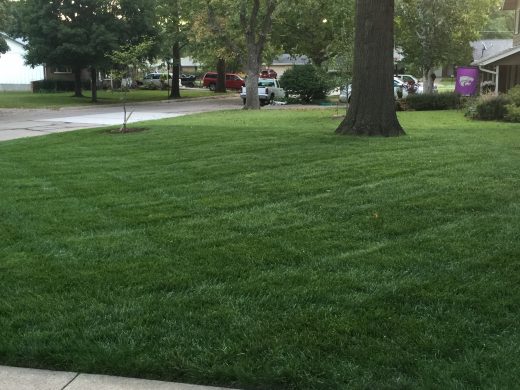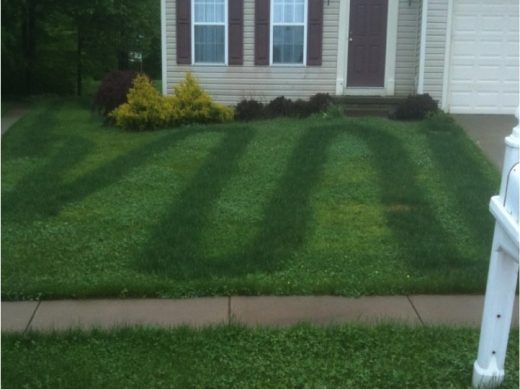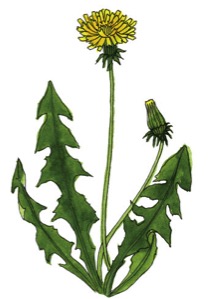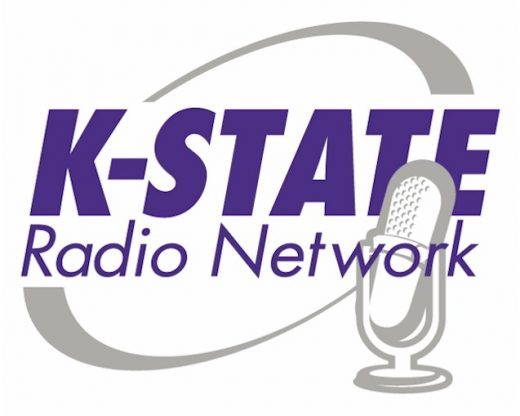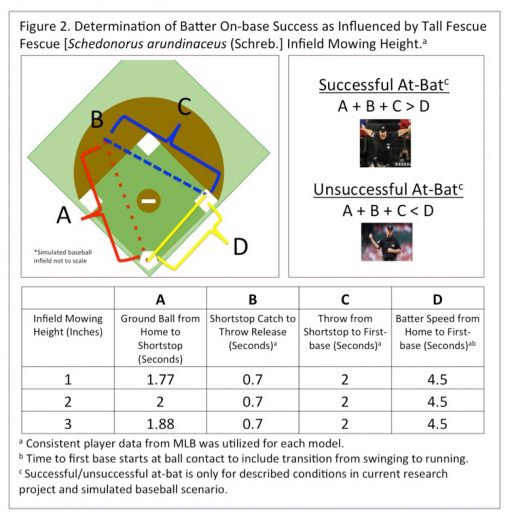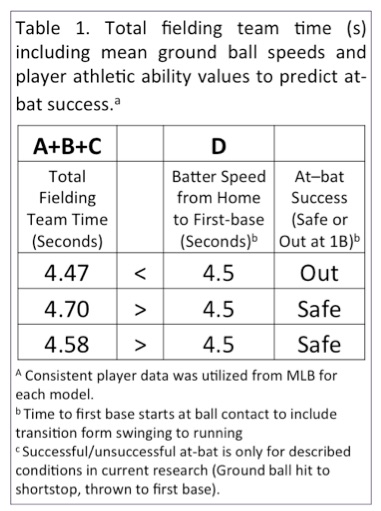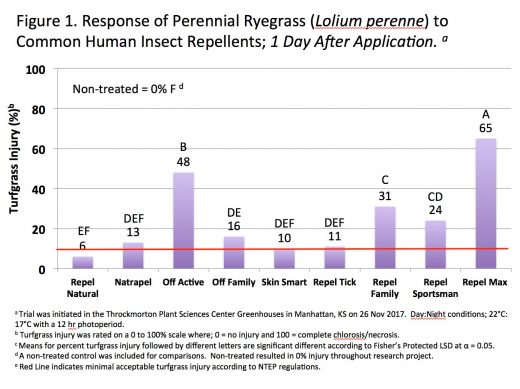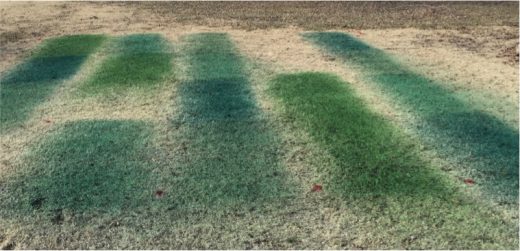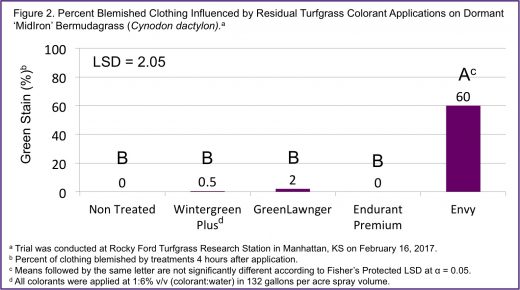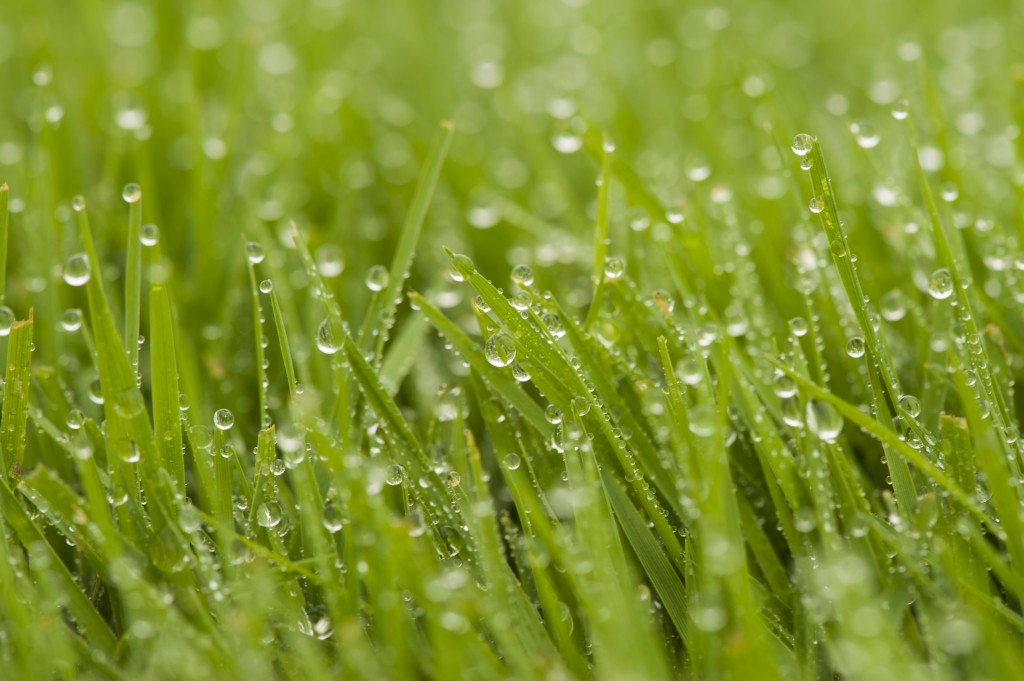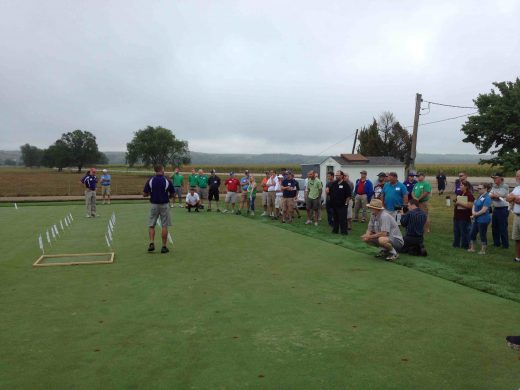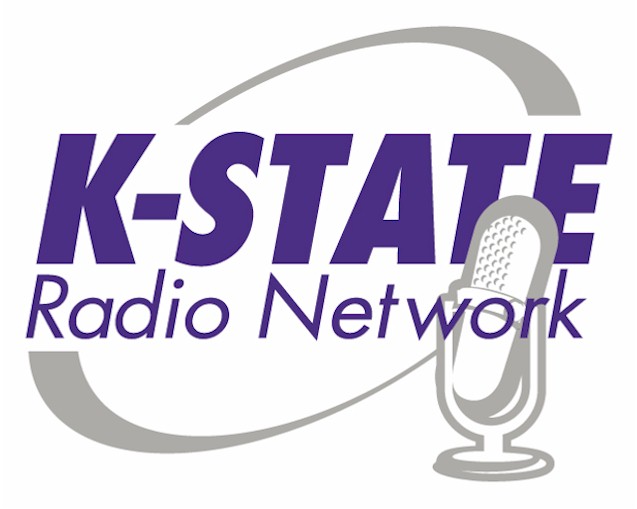(By Jared Hoyle, KSU Turfgrass Research and Extension)
September is almost here and that means it is prime time for to fertilize your tall fescue or Kentucky bluegrass lawns. If you could only fertilize your cool-season grasses once per year, this would be the best time to do it.
These grasses are entering their fall growth cycle as days shorten and temperatures moderate (especially at night). Cool-season grasses naturally thicken up in the fall by tillering (forming new shoots at the base of existing plants) and, for bluegrass, spreading by underground stems called rhizomes. Consequently, September is the most important time to fertilize these grasses.
Apply 1 to 1.5 pounds of actual nitrogen per 1,000 square feet. The settings recommended on lawn fertilizer bags usually result in about 1 pound of nitrogen per 1,000 square feet. We recommend a quick-release source of nitrogen at this time. Most fertilizers sold in garden centers and department stores contain either quick-release nitrogen or a mixture of quick- and slow-release. (We will talk about slow release in a later article.)
The second most important fertilization of cool-season grasses also occurs during the fall. A November fertilizer application will help the grass green up earlier next spring and provide the nutrients needed until summer. It also should be quick-release applied at the rate of 1-pound actual nitrogen per 1,000 square feet.
So total you only want to use up to 3 lbs of actually nitrogen per 1,000 square feet over September, October and November.
Here are some different ways you can apply the quick release nitrogen source;
Method 1 (Totaling 3 lbs of actually nitrogen per 1,000 square feet)
- September – 1 lbs of actual N/1,000 square feet
- October – 1 lbs of actual N/1,000 square feet
- November – 1 lbs of actual N/1,000 square feet
Method 2 (Totaling 3 lbs of actually nitrogen per 1,000 square feet)
- September – 1.5 lbs of actual N/1,000 square feet
- November – 1.5 lbs of actual N/1,000 square feet
Method 3 (Totaling 2 lbs of actually nitrogen per 1,000 square feet)
- September – 1 lbs of actual N/1,000 square feet
- November – 1 lbs of actual N/1,000 square feet
Click here for the Kansas Lawn Fertilizing Guide – https://www.bookstore.ksre.ksu.edu/Item.aspx?catId=545&pubId=10639
Always make sure your pride your fertilizer evenly!!!! You don’t want this to happen.
Always remember to READ THE LABEL for the correct rate, turfgrass tolerance, and specific instructions before application!!!
***Mention of trade names or commercial products in this article is solely for identification purposes and does not imply recommendation or endorsement, nor is criticism implied of similar products not mentioned by Kansas State University.***
Don’t forget to follow me on twitter @KSUTurf.
Also, visit our facebook page www.facebook.com/KSUTurf
